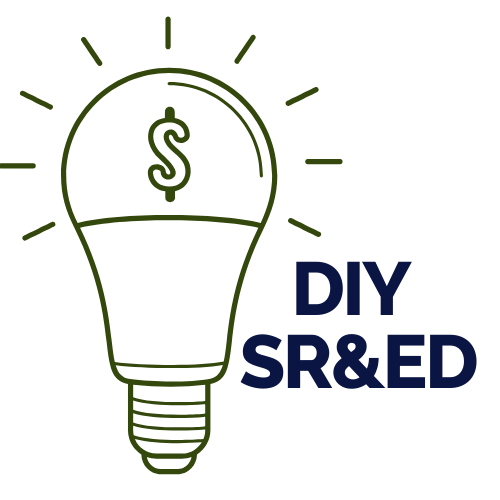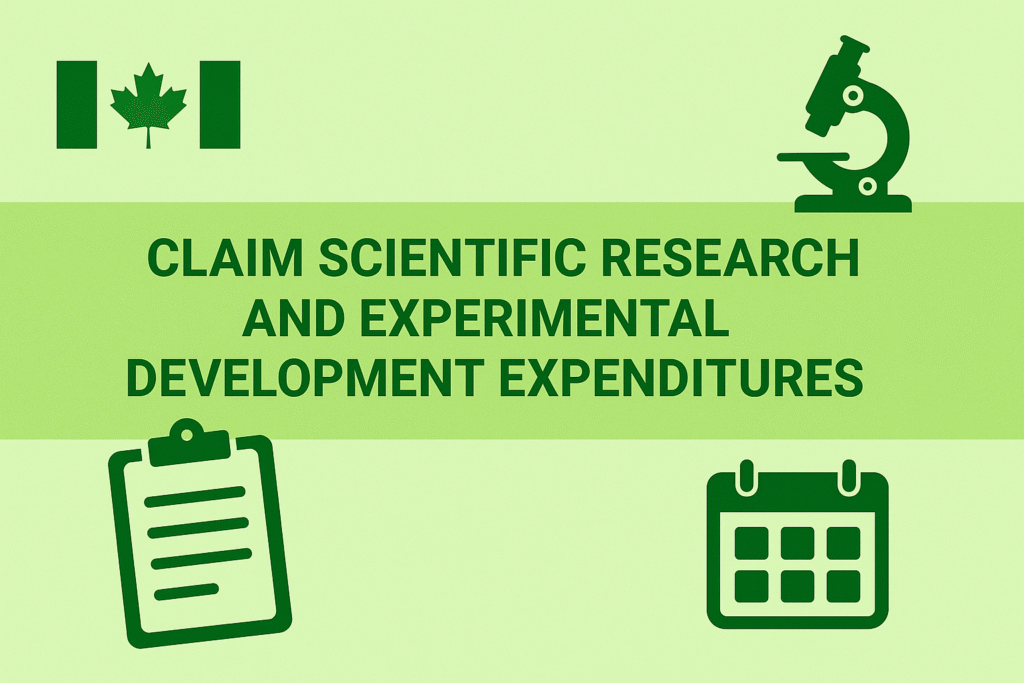Filing your SR&ED claim is step one—making it through an SR&ED audit or CRA review without stress is step two. While not every claim gets flagged, startups that understand how SR&ED audits work can avoid delays, cut down on back-and-forth, and maximize their refund.
This guide breaks down exactly how to audit-proof your SR&ED claim from the beginning—so if the CRA comes knocking, you’re ready with clean records, solid 3Qs, and startup confidence.
1. What Triggers an SR&ED Audit (a.k.a. CRA Review)?
Not every SR&ED claim gets flagged for a closer look—but some red flags can increase your chances:
- First-time filers – CRA often reviews new claimants to make sure everything’s aligned.
- Big claim amounts – Large refunds = more scrutiny.
- Weak answers in the 3Qs – If your technical narrative sounds vague or light on R&D, expect questions.
- Mismatch between narrative and expenses – If you say you’re doing AI work but your financials show no AI-related costs.
- A rocky track record – If your previous SR&ED claim was reduced or rejected, the CRA might take a closer look at future ones.
💡 Startup Tip: CRA doesn’t ask for supporting docs upfront—but they can request them later. Be ready.
2. Why Consistency & Coherency = SR&ED Audit Shield
CRA reviewers are looking for one thing: a believable, well-documented story. Everything in your claim—from your 3Qs to your payroll data—needs to sync.
Your SR&ED claim should:
- Match your actual work – If you’re in AgTech, don’t claim aerospace.
- Connect the dots – The 3Qs, financials, and docs should all tell the same story.
- Avoid contradictions – If you say you’re building ML models but have no developers on payroll, that’s a problem.
💡 Pro Tip: Before you file, scan your claim for red flags and inconsistencies. Think like a reviewer.
3. How to Make Your Claim Audit-Proof (Proactive Steps)
A. Lock Down Your Technical Docs
This is your R&D evidence—treat it like gold.
- Project logs, meeting notes, discussions, and decisions → What problems did you tackle and how?
- Test results, experiment data, and hypothesis testing → Prove your process.
- Version control (GitHub, Bitbucket, etc.) → Track progress and iterations.
- Prototypes, CAD files, videos, photos → Show the work in action.
💡 If CRA emails you with questions, you’ll want this stuff ready to go.
B. Nail Your Time Tracking (Founders, This Means You Too)
Your biggest SR&ED expense is usually salaries—so you need proof:
- Time-sheets or work logs → Track R&D hours.
- T4 slips & paystubs → Match payroll to projects.
- Job descriptions → Clearly show who’s doing what.
💡 Founders doing R&D? Pay yourself a salary and track your time—or you can’t claim it.
C. Build Strong 3Qs to Prevent SR&ED Audits
One of the best ways to avoid a review? Solid answers to the 3Qs. [Read about 3Qs in the SR&ED Eligibility Guideline.]
- Be specific.
- Show the knowledge gap.
- Avoid buzzwords or generic descriptions.
If your answers show true experimentation and uncertainty, you’re way less likely to get flagged.
Ready to Make Your SR&ED Claim Audit-Proof?
Check out DIY SR&ED to learn how we help startups like yours file smarter, faster, and audit-ready.


4. What Happens If You Get Selected for an SR&ED Audit?
If CRA decides to review your SR&ED claim, here’s what that CRA reviews could look like:
- Desk Review → Simple: CRA emails you for more details.
- Technical Review → CRA brings in a tech expert to assess your R&D.
- Financial Review → They dig into your numbers: payroll, contractors, etc.
- On-Site Review → Rare, but possible—they’ll visit your lab or office.
💡 Most reviews are just document requests over email. Easy if you’re prepared.
5. How to Respond to a CRA Review (Without Stressing Out)
Step 1: Read the CRA’s Letter Carefully
- Know exactly what they’re asking for—don’t guess.
- Revisit your 3Qs and expenses before replying.
Step 2: Send Clear, Organized Docs
- Logs, timesheets, test results, contracts—keep it clean. [Learn about SR&ED documentation]
- Use simple, factual language—no fluff.
- Don’t over-explain. Stick to what was requested.
💡 If they ask something vague like “Explain your scientific uncertainty,” use your original 3Q as your base and expand it.
Step 3: Stay On It
- Respond by the deadline (usually 30 days).
- Need more time? Request an extension—before the deadline.
- Keep a record of all communication.
6. Don’t Fake It. Ever.
Tempted to beef up your claim? Don’t.
🚫 Don’t inflate costs.
🚫 Don’t fudge technical challenges.
🚫 Don’t use generic 3Q templates.
CRA reviewers are trained to spot this stuff.
💡 Why Honesty Wins:
- It keeps your startup audit-safe.
- It builds trust with CRA for future claims.
- It avoids serious penalties, audits, or being blacklisted.
SR&ED is already one of the most generous programs out there—no need to risk it.
Final Thoughts: Audit-Proofing = Startup Confidence
The best way to prevent an SR&ED audit is to file like a startup that’s got its act together:
- Strong 3Qs
- Organized documentation
- Honest expenses
If CRA does reach out, you’ll be ready to back it up—no panic, no stress.
✅ Track everything from day one
✅ Tell a clear, technical story
✅ Keep your claim consistent across the board
You’ve got this—and if you ever need a second pair of eyes, we’re here to help.
You’ve Got This—But We’ve Got Your Back
Need a second set of eyes on your SR&ED claim? Let’s talk—we’re here to help your startup file with confidence.




